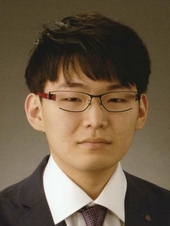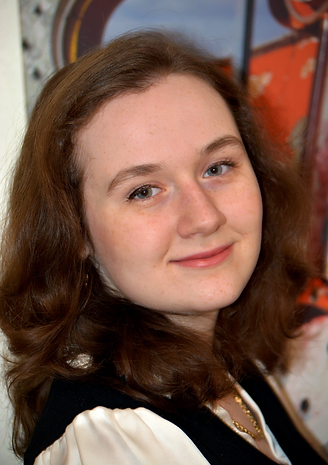Celebration of Scholars
#59: Estimating the Luminosity Distance and Mass Properties of BBH Merger Events in LIGO O4 Data
 Name:
Andrew Valentini
Name:
Andrew Valentini
Major: Physics & Math
Hometown: Forest Lake, MN
Faculty Sponsor: John Quashnock
Other Sponsors:
Type of research: Independent research
 Name:
Hiroki Imura
Name:
Hiroki Imura
Major: Physics & Computer Science
Hometown: Glenview, IL
Faculty Sponsor: John Quashnock
Other Sponsors:
Type of research: Independent research
 Name:
Lucas Peterson
Name:
Lucas Peterson
Major: Physics & Math
Hometown: Franklin, WI
Faculty Sponsor: John Quashnock
Other Sponsors:
Type of research: Independent research
 Name:
Kaitlyn Prokup
Name:
Kaitlyn Prokup
Major: Physics
Hometown: Mount Pleasant, WI
Faculty Sponsor: John Quashnock
Other Sponsors:
Type of research: Independent research
Abstract
The Laser Interferometer Gravitational Wave Observatory (LIGO) has recently received significant experimental upgrades which are expected to greatly increase the sensitivity of the instrument and allow for a much deeper survey of gravitational wave events in our universe. In this work, we present an analysis that confirms the expectation that the current operational state of LIGO (O4) is capable of detecting binary black hole (BBH) events which are of lighter masses and of further distances than the previous state of the detector (O3) was capable of detecting. We first present our physics-inspired model that allows us to carry out a comparative analysis between the O3 and O4 BBH event data. We have specifically developed this model to make predictive estimates of the luminosity distances of these events in O4. We demonstrate this model accurately estimates the luminosity distance values of O3 to within 20% of their recorded values and apply this model to O4 to infer luminosity distance values for its catalog. With this data, we draw correspondences between the parameters of the O3 and O4 BBH events to demonstrate an increased survey depth in O4.
Submit date: March 27, 2024, 9:56 p.m.
